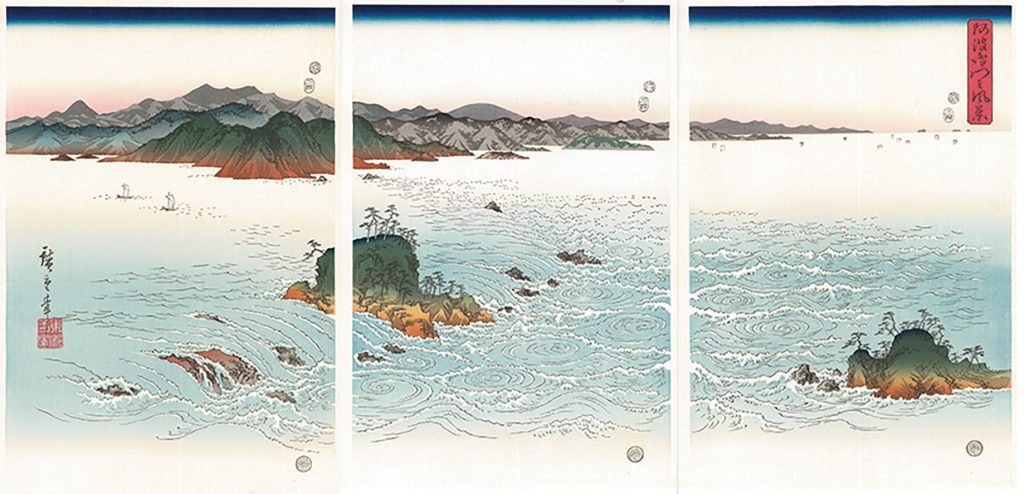An artistic movement to counter Omicron: beauty, simplicity, constraint

By Meribeth Deen
Five, seven, five.
Three lines of writing, each with a precise number of syllables in each; and there we have the critical constraints that define haiku.
In sixteenth century Japan, the beginnings of renga poems, which were hundreds of stanzas long, broke off into their own form. The century following brought peace, artistic flourishing, and a master of this new form. Thanks to Basho, haiku became a widely accepted form of artistic expression.
Over the centuries, poets have routinely broken the rules of haiku. The International Convention on World Haiku in 1999 stated that seasonal words are not necessary in “global” haiku, and that the content of the poems would not be independent from the cultural backgrounds of the poets.
The one tenet of this form that remains firmly intact is simplicity, which is why haiku is such a popular way to introduce children to the world of poetry.
A world of dew,
—Kobayashi Issa
And within every dewdrop,
A world of struggle.
The Japan Foundation (2 Bloor St. East) is currently closed until further notice, but is still operating online. One opportunity it is promoting this month is the 17th World Children’s Haiku Contest. Entrants (under the age of 15) are asked to use the form to express their memories with an overarching theme of “towns,” and to draw or paint a piece of art to accompany their poem.
Submission to the contest is free, and its deadline is February 28.
The Foundation is also promoting registration for JF Standard” term 2 online language classes, which can be taken from anywhere in Canada. Central to this philosophy of language education is the idea that in a global society, cross-cultural communication can lead to mutual understanding among peoples. Classes focus on competencies such as reading a short, rehearsed statement, such as proposing a toast, to presenting a complex topic to an audience unfamiliar with that topic.
And while the Foundation’s print library remains closed, they are still offering e-books and audiobooks in both Japanese and English.
If you are looking for some visual inspiration for young poets in your life, look up the work of Utagawa Hiroshige, whose wood-block prints were featured in the Japan Foundation’s gallery prior to shutdown (and may still be there when it opens up again).
These prints, first published in the late 1800s, are “serene, poetic expressions” of the artists’ hometown, Tokyo.
Whether or not you (or your child) embark on the art of haiku, these images will remind you to seek out the beauty of nature in your own metropolis.
